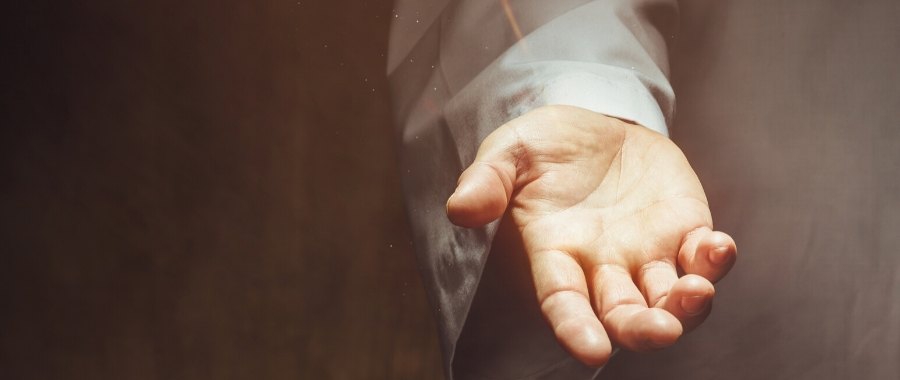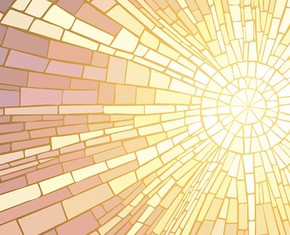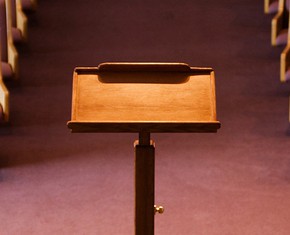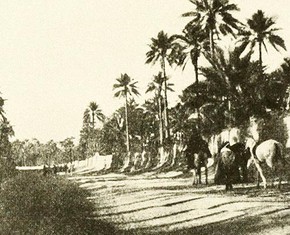The views expressed in our content reflect individual perspectives and do not represent the authoritative views of the Baha'i Faith.
During my first years as a Baha’i, I wondered what Baha’u’llah looked like, and what it would have been like to travel to visit him in prison as so many early Baha’is did during his lifetime.
I am sure these kinds of thoughts are common, not just to Baha’is, but to anyone who loves the founder of their Faith. People cannot help but wonder what it was like to live during the times of the messenger of God, to have been able to meet Moses or Buddha or Jesus or Muhammad. Those prophets and messengers of God, the Baha’i teachings say, shine with one light:
… men have always been taught and led by the Prophets of God. The Prophets of God are the Mediators of God. All the Prophets and Messengers have come from One Holy Spirit and bear the Message of God, fitted to the age in which they appear. The One Light is in them and they are One with each other. – Abdu’l-Baha, Abdu’l-Baha in London, p. 23.
As a child, I grew up seeing paintings of Jesus on the walls of churches and in the homes of my schoolmates. Jesus lived long before the invention of the camera and photography, so these were of course artists’ conceptions. Looking at them, I always wondered if Jesus was being portrayed in the race of the artist. He was usually painted in the center foreground as a tall, blue-eyed, blond-haired man against a background of darker people. In those depictions, Jesus appeared as if he were a Scandinavian or northern European like most of my ancestors. This was culturally unrealistic. Jesus was born into a Jewish family in a remote eastern outpost of the Roman Empire. In Palestine, in that part of the Levant where he was born, the people were and are racially dark, both in the color of their eyes and hair.
Later I discovered that artists from different races and countries tended to produce portraits of a Jesus with which they could identify. White artists painted Jesus white, black artists painted him black. I began to understand how misleading these portraits were. In many ways, they made racism religiously justifiable in the minds of some people. I thought that it would be better to have no imaginary portraits of Jesus at all, either on the walls of rooms or within the minds of people. It would be better to replace these exterior and interior pictures with the words and actions of Jesus. It would be better to concentrate on his teachings, rather than attaching false significance to an artist’s imagination.
Nevertheless, I still wondered what Baha’u’llah looked like.
He lived during a time in which photography had just been invented, and I discovered that two photographs of Baha’u’llah did exist. Baha’is do not reproduce or distribute those photographs, so later I would travel to visit the Holy Land to see them. Having been born in 1949, a photograph was the nearest I could get to meeting Baha’u’llah himself.
By the time I was born, I had missed living during Baha’u’llah’s lifetime by fifty-seven years. As a very young Baha’i, part of me regretted having been born too late. But then I began to realize that even if I had been born a hundred years sooner, there would have been no guarantee that I would have known about Baha’u’llah, much less have met him.
Only a few of the people alive during his lifetime heard about Baha’u’llah, and only a few of these met Him. Lamentably, only a few of those who actually encountered him ever recognized him as a messenger of God. This is what also happened during the lifetime of Jesus; very few people recognized him as the long-awaited Christ.
In my native country of the United States, the first mention of the Baha’i Faith happened in 1893 at a presentation at the World’s Columbian Exposition in Chicago – the year after Baha’u’llah passed away. Three years later the first American, Thornton Chase, became a Baha’i.
All of this made me realize that it takes time for the news of the existence of the messenger of God to spread. It was the same during the lifetime of Jesus – few people outside Judea, Galilee and Samaria were aware of his existence, and relatively few people within those three regions actually arose to follow him. Christianity took centuries to reach the shores of America. Depending on whether you read Irish, Viking or Spanish history, it was either 554, 1121, or 1497 AD before the first Christians crossed the Atlantic to North America, and it was not until 1,500 years after the death of Jesus that the first anonymous Native American became a Christian.
So I voraciously read as much as I possibly could regarding Baha’u’llah, trying to learn more about the founder of my Faith.
Reading biographies about Baha’u’llah’s life answered many questions about what it was like to be alive during his lifetime, but in 1967 I had the privilege of meeting someone who had actually met Baha’u’llah personally. This was living history. His name was Tarazu’llah Samandari and at that time he was probably one of the last people alive to have been in the presence of Baha’u’llah. Mr. Samandari’s father had been one of the nineteen apostles of Baha’u’llah, and as a young man, his son had journeyed overland from his native Persia to Akka, Palestine to meet him.
When I heard that Mr. Samandari was staying for a few days in Los Angeles, I hitchhiked and walked for three days from Apple Valley to meet him. I had no money for quicker transport. I was not surprised to find the room full of fellow Baha’is when I arrived. It seemed that many of us had had the same idea. We had all recognized that this was an opportunity which would not come again, like meeting one of the offspring of the Christian Apostles, Simon Peter or Philip, the children who may have met Jesus.
This series of essays is adapted from Joseph Roy Sheppherd’s book The Elements of the Baha’i Faith, with permission from his widow Jan Sheppherd.
















Comments
Sign in or create an account
Continue with Googleor